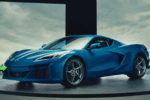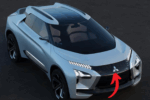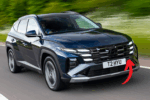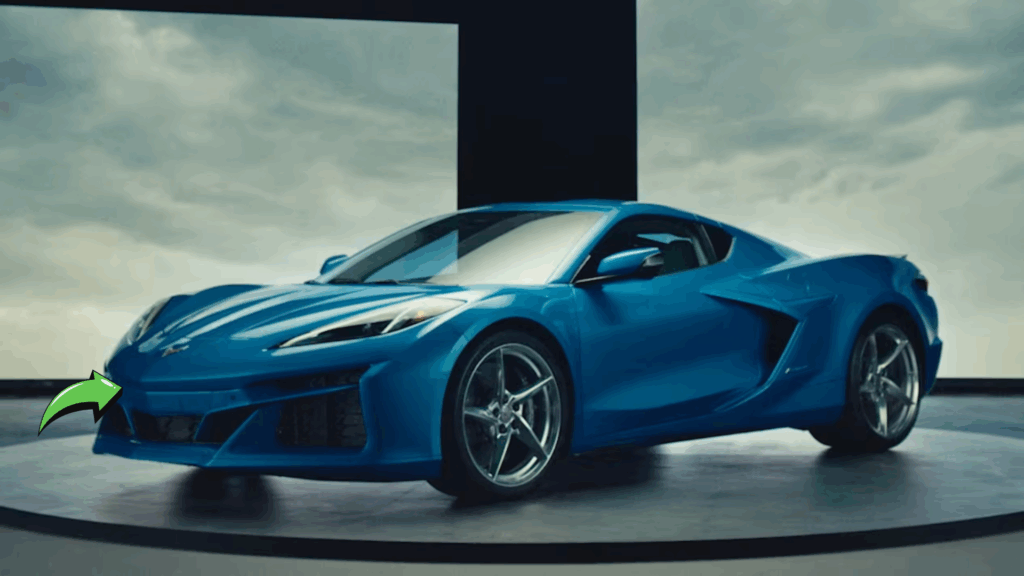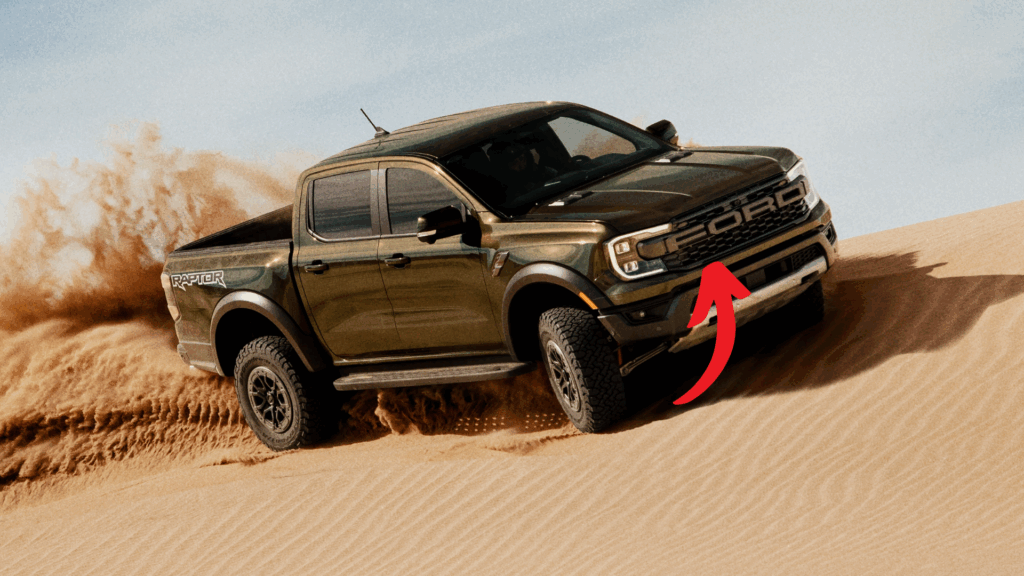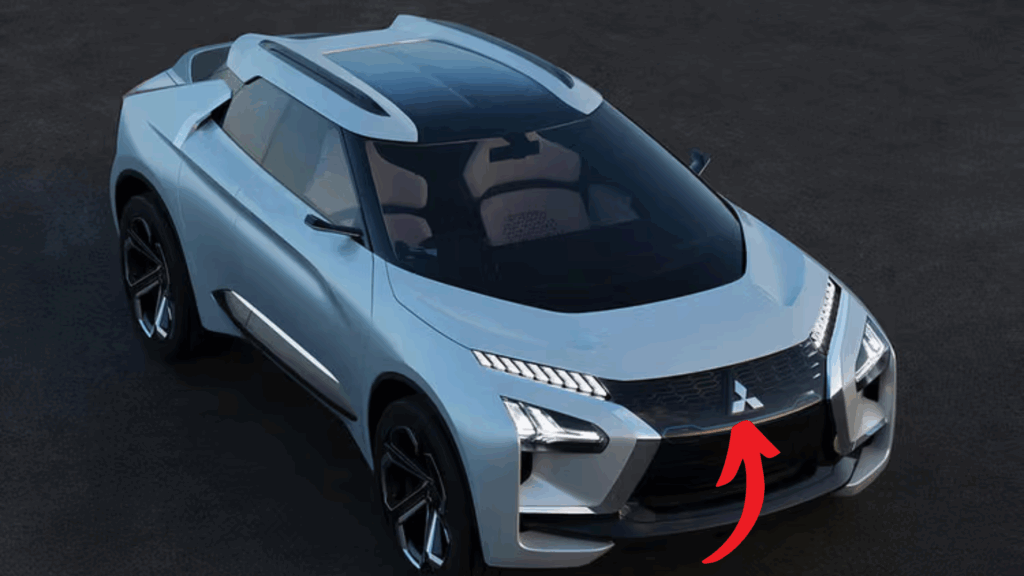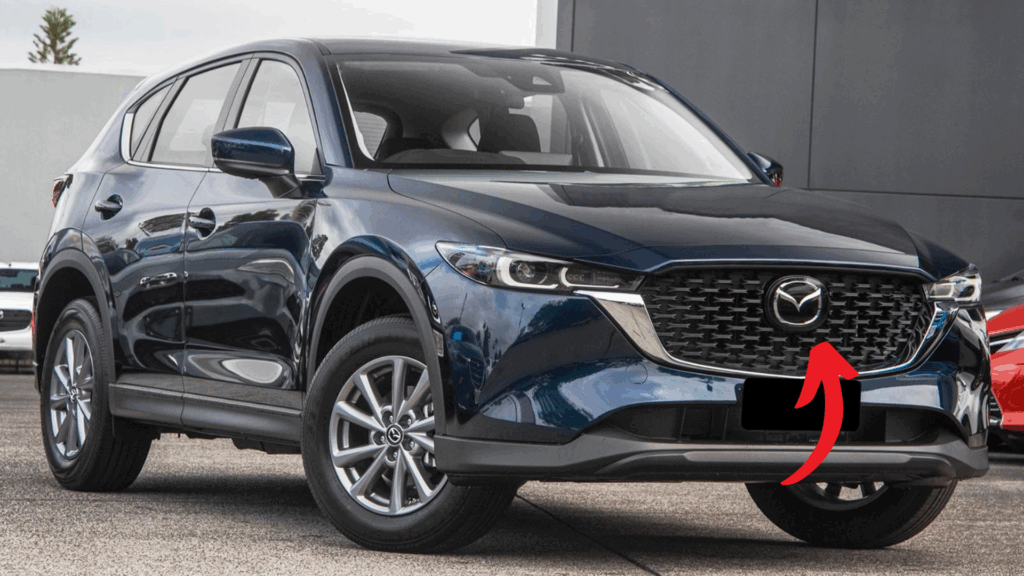The once-every-two-years Shanghai Motor Show has wrapped up, leaving automotive enthusiasts buzzing with excitement. China’s premier auto extravaganza didn’t disappoint this year.
I’ve been covering auto shows for fifteen years, but nothing quite compares to the sensory overload of Shanghai. The lights, crowds, and sheer scale make Frankfurt look quaint by comparison.
Table of Contents
The Electric Revolution Continues
Walking through the exhibition halls, one thing became crystal clear – the electric revolution isn’t slowing down. It’s accelerating faster than anyone predicted back in 2020.
Chinese brands that were once dismissed as copycats have emerged as legitimate innovation leaders. Western executives I spoke with weren’t just politely interested; they were taking notes.
The atmosphere reminded me of Detroit’s golden era, except the energy drink of choice was oolong tea instead of coffee. You could feel the creative electricity in the air.
BYD’s Game-Changing Seagull NEV
BYD’s latest offering stole the spotlight with its revolutionary battery architecture. The Seagull NEV pushes boundaries in ways that left competitors scrambling.
“We’re redefining what’s possible in the sub-$30,000 category,” BYD’s chief engineer told me during our walkthrough. “This isn’t just about range anymore – it’s about reimagining the entire ownership experience.”
The Seagull’s cabin feels twice as spacious as its footprint suggests. Clever packaging solutions include under-floor storage that wouldn’t look out of place in a Scandinavian apartment.
What impressed me most was the intuitive dashboard interface. Unlike the tablet-slapped-on-dash approach of many EVs, this feels organic and purposeful.
Nio’s ET9 Flagship Sedan
Nio’s stand was consistently packed, with crowds gathering six-deep around their ET9 luxury sedan. The suicide doors created genuine gasps every time they demonstrated them.
The ET9’s party trick isn’t just its doors, though. The battery swap technology they’ve refined allows for a complete power refresh in under three minutes.
During my test sit (driving wasn’t an option), the massage function nearly put me to sleep. Combined with the eucalyptus-scented cabin air, it created a spa-like experience.
Also Read: Leapmotor Sets Sights on Global EV Leadership From China
Comeback Kings: Western Brands Fight Back
Not to be outdone, traditional Western automakers brought their A-game. The old guard clearly understands what’s at stake in the world’s largest auto market.
VW’s stand reflected their massive investment in regaining Chinese market share. Their dedicated pavilion featured local designers explaining their process to captivated audiences.
Mercedes’ concept car drew appreciative whispers rather than the usual smartphone photography frenzy. Something about its proportions demanded contemplation rather than instant sharing.
Ford’s Surprising Mustang Mach-E Dragon Edition
Ford’s China-exclusive Dragon Edition Mustang Mach-E demonstrates their commitment to cultural relevance. The dramatic red and gold color scheme perfectly threads the needle between respect and kitsch.
“We worked with local artists for over a year to get this right,” explained Ford’s Asia-Pacific design chief. “This isn’t just a cosmetic package; it’s a dialogue with Chinese aesthetics.”
The interior features hand-embroidered panels that take 14 hours to complete. Each vehicle comes with documentation about the artisan who created these elements.
BMW’s i5 Long-Wheelbase Exclusive
The extended wheelbase i5 was created for Chinese consumers and showcases BMW’s understanding of the market. Rear passenger comfort reigns supreme here.
I squeezed into the back seat (not that squeezing was required) and found controls for everything from climate to fragrance preferences. The footrest emerged silently from beneath the front passenger seat.
“Our Chinese customers use their vehicles differently,” BMW’s product specialist explained. “For many, the back seat is where they spend most of their time in the car.”
Concept Cars That Stole the Show
Concept vehicles at Shanghai have historically previewed production models more accurately than their European counterparts. This year’s crop seems particularly ready for primetime.
The lighting technology alone deserves special mention. Animated welcome sequences are now standard, but the projection capabilities demonstrated this year bordered on theatrical.
Great Wall’s Canyon Climber
Great Wall’s rugged off-roader concept generated the longest lines for up-close viewing. Its squared-off design language recalls International Harvester more than Jeep.
“We wanted something authentically Chinese but globally relevant,” their design director shared. “The capability isn’t just for show – we’ve already completed prototype testing in Yunnan Province.”
The removable roof panels can be stored in a custom rear compartment. Unlike many concepts, every feature seemed production-feasible rather than purely imaginative.
Geely’s Urban Bubble
Geely’s autonomous urban pod received mixed reactions, which might be exactly what they intended. The egg-shaped vehicle reimagines city transport for aging populations.
The interior features facing seats and accessibility features that acknowledge demographic realities. Entering requires almost no bending – you simply slide in.
“This addresses real problems facing Chinese cities,” explained their mobility specialist. “We’re not just creating vehicles; we’re solving urban challenges.”
Xpeng’s Flying Car Concept
Yes, flying cars are still happening, and Xpeng seems determined to make them viable. Their latest iteration looks considerably more production-ready than previous attempts.
The folding wing mechanism demonstrated at the show operated with surprising quietness. When folded, the vehicle fits standard parking spaces without compromise.
“We’re targeting 2028 for limited production,” their spokesperson claimed. Based on their rapid development so far, I wouldn’t bet against them.
Technology Showcase
Beyond complete vehicles, component innovations dominated conversation among industry insiders. The real revolution is happening at the supplier level.
Battery density improvements continue their relentless march. What seemed impossible in 2020 is now entering mass production across multiple manufacturers.
CATL’s 5-Minute Charge Battery
CATL’s ultra-fast charging technology demonstration drew skeptical engineers who left looking concerned. The ability to add 400km of range in five minutes changes fundamental assumptions.
“We’ve solved the thermal management issues that previously limited charging speeds,” their chief scientist told me. The cooling system uses principles borrowed from server farms.
Production vehicles featuring this technology should arrive by late 2026, according to their roadmap. Western battery makers I spoke with acknowledged they’re at least two years behind.
Huawei’s Vehicle OS Platform
Huawei’s comprehensive operating system for vehicles is gaining serious traction. Their stand demonstrated seamless integration across infrastructure systems and personal devices.
The visual interface differs dramatically from both Apple and Android approaches. Rather than porting phone experiences to dashboards, they’ve reimagined interaction from first principles.
“We’re focusing on reducing cognitive load while driving,” their UX designer explained. “Every interaction is designed to require minimal attention diversion from the road.”
Market Insights: The Data Behind the Glitz
Let’s look beyond the chrome and concepts to examine what the show reveals about where the market is heading.
The statistics below highlight current trends and projections for the Chinese automotive market:
| Category | 2023 Numbers | 2025 Projection | Growth |
|---|---|---|---|
| EV Market Share | 37% | 51% | +14% |
| Average Range | 420km | 620km | +48% |
| Charging Speed | 7.2kW | 22kW | +205% |
| Autonomous Features | Level 2.5 | Level 3.2 | +28% |
| Chinese Brands Global Sales | 2.8M | 5.2M | +86% |
These numbers tell a clear story. The exponential growth trajectory continues unabated, with Chinese manufacturers increasingly setting global standards.
Western brands still lead in certain luxury segments, but the gap narrows with each passing show. The democratization of premium features has accelerated dramatically.
Consumer Preferences Shift
Conversations with attendees revealed evolving priorities. Range anxiety has been replaced by charging speed concerns as the primary adoption barrier.
Interior technology now ranks above driving dynamics for many Chinese buyers. The vehicle increasingly serves as an extension of digital life rather than a driving tool.
“We don’t separate our online and offline experiences anymore,” one young attendee told me. “My car should understand this better than any other product I own.”
What It All Means
The 2025 Shanghai Motor Show confirms what many industry observers have suspected: the center of automotive innovation has permanently shifted eastward.
The pace of integration between vehicles, infrastructure, and personal devices is happening faster in China than anywhere else. Regulatory frameworks allow for more rapid deployment.
What remains distinctly Western is the design language. Even Chinese brands seeking global appeal incorporate European aesthetic influences in their flagship models.
As I flew home, I couldn’t help reflecting on previous Shanghai shows I’ve attended. The progression from ambitious followers to confident leaders has been remarkable to witness.
The questions Western manufacturers ask themselves have changed, too. “How do we compete in China?” has become “How do we learn from China?”
For consumers worldwide, this competitive crucible promises exciting results. The accelerated innovation cycle benefits everyone, regardless of where vehicles are designed.
FAQ About Shanghai Motor Show 2025
When did the Shanghai Motor Show 2025 take place?
The exhibition ran from April 18-27, 2025, with press days on April 16-17.
Which brand had the largest presence at the show?
BYD occupied nearly 20% of the main exhibition hall, reflecting their market position.
Are the concepts shown in Shanghai produced?
Historically, about 70% of concepts shown at Shanghai reach production in some form within 3 years.
How many global debuts occurred at the show?
This year featured 87 world premieres, with 62 from Chinese manufacturers.

